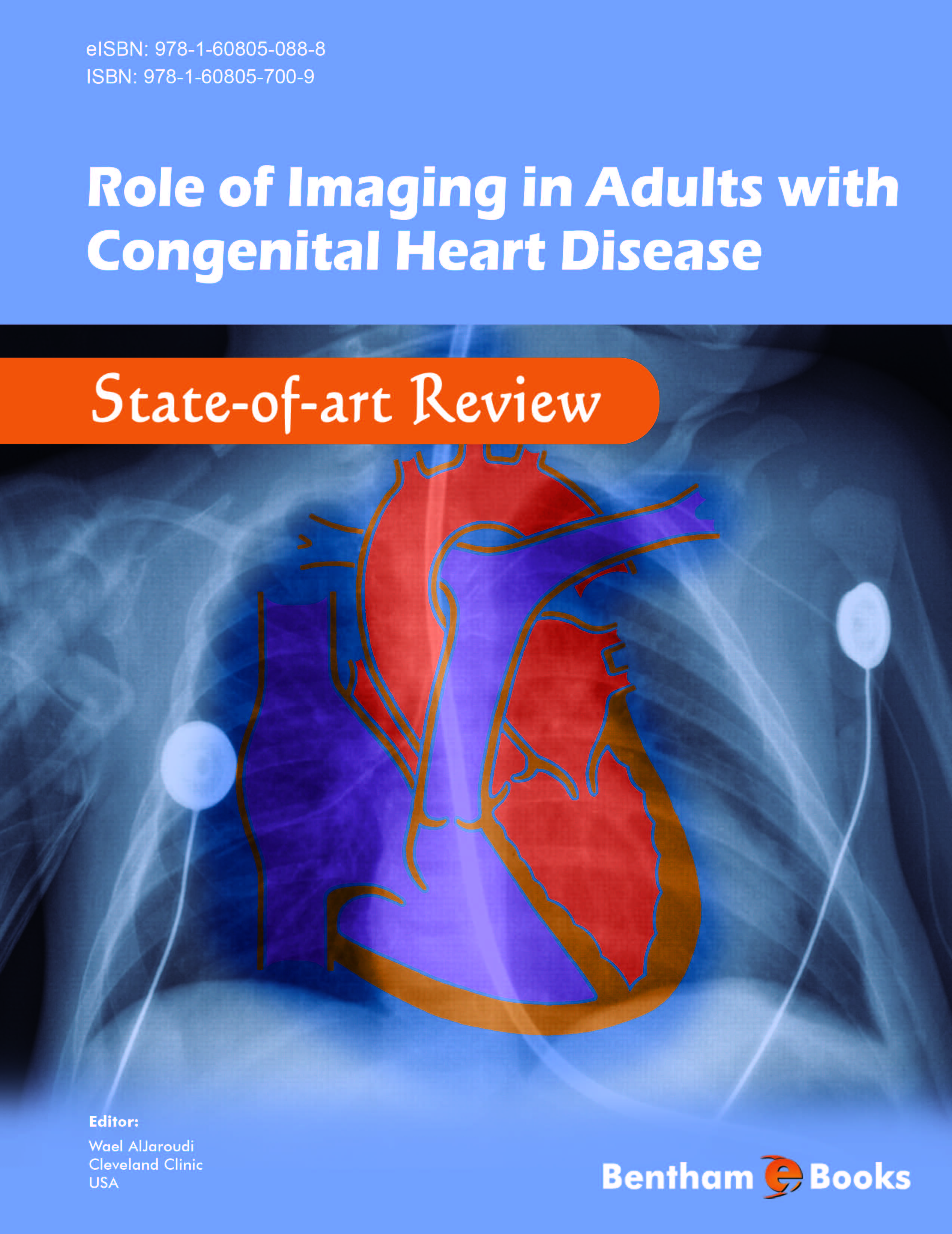Foreword
The success of congenital heart surgery is evident in any general cardiology practice today. Young, and sometimes not so young, adults with repaired or palliated cardiac birth defects are routinely observed in ever increasing numbers in general adult practice, which is a testament to the nearly seven decades of success and progress in the childhood care of these patients by pediatric cardiologists and congenital heart surgeons. More than 85% of infants born with congenital heart disease (CHD) can be expected to survive to reach adulthood, and that statistic, based on the less-developed surgical practices of the era in which these adults were first treated, will continue to improve as techniques.
The challenges remain considerable and the care of surviving and often thriving adult CHD patients has been the focus of several comprehensive guidelines, including AHA/ACC 2008 Guidelines for the Management of Adults With Congenital Heart Disease. But, true to Korzybski’s saying “the map is not the territory,” the wordy guidelines are not the patient, nor the patient’s plan of evaluation and treatment.
Not coincidentally, the last few decades of success in the treatment of CHD has been paralleled by fantastic advances in diagnostic imaging. This has not only proved to be of great benefit, but also a tremendous challenge, to those of us not trained as radiologists. The role of imaging is a key in the follow-up and timely intervention of adult CHD patients who often bear a subclinical burden of postoperative pathology into their adult years, and in whom presymptomatic recognition of trouble is frequently needed.
My colleagues, Dr’s. AlJaroudi, McLarry, Lloyd, and Iskandrian, have done a great service to adult CHD patients with the publication of The Role of Imaging in Adults with Congenital Heart Disease: State-of-the-Art Review. It serves as more than a guide, and considerably more than a map, in navigating the often arcane world of adult CHD cardiovascular anatomy. This book is textually succinct, exactly what one would expect in a work containing highly clear and informative illustrations of cutting edge cardiovascular imaging. This work brings us much closer to finding our way through the bewildering territory where we often find our patients lost within, and I recommend it to the readers as an office and bedside companion to other essential items, including the guidelines, and consultation with congenital heart disease specialists.
Walter H. Johnson, Jr., M.D., FACC
University of Alabama at Birmingham
Birmingham, Alabama
USA

